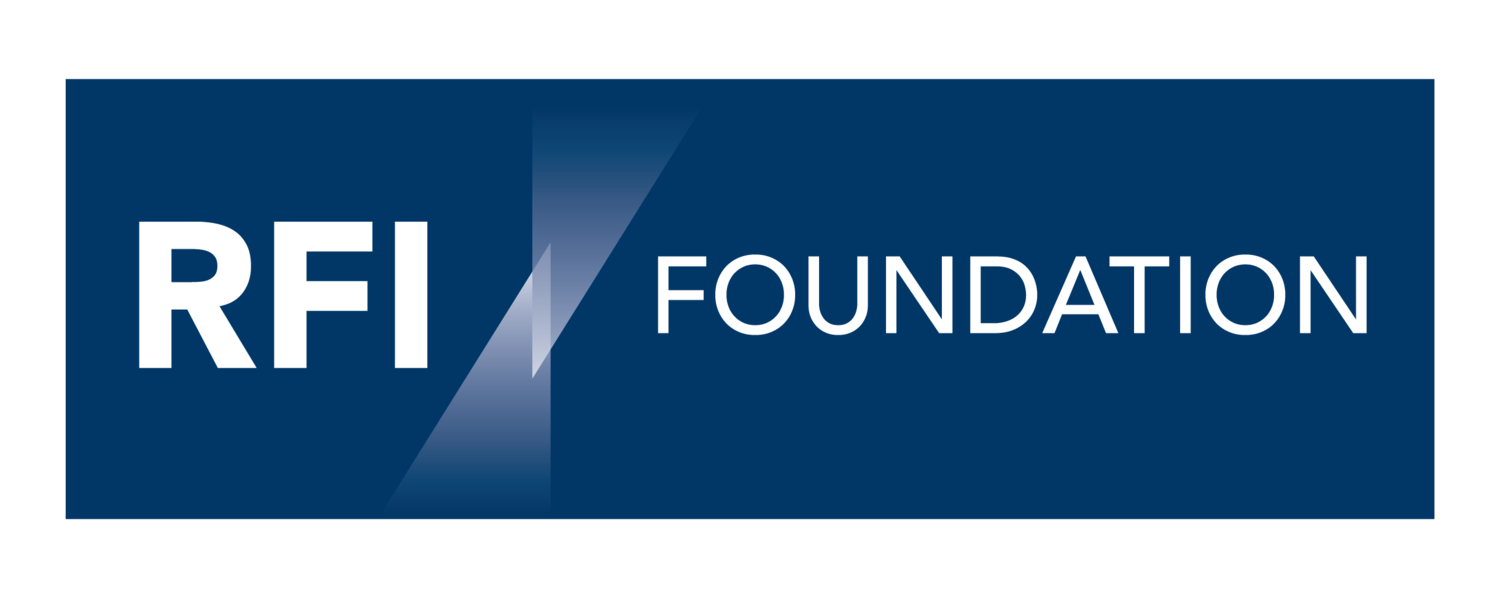RFI Newsletter Articles
Filter by date
Filter by topic
- ACMF 1
- AI 2
- ASEAN 3
- ASEAN Taxonomy 2
- Banking Supervision 1
- Biodiversity 2
- Blue Economy 3
- Blue Finance 1
- Blue Finance Challenge 1
- COP28 3
- CSRD 2
- Carbon Credits 1
- Central Asia 1
- Climate 1
- Climate Disclosures 6
- Climate Mitigation 4
- Climate Risk 21
- Climate Scenario Analysis 2
- Climate Stress Test 3
- Climate risk 1
- Coal Phase-Out 1
- Credit Ratings 1
- Derisking 2
- ESG 6
- Emerging Markets 13
- Emissions Intensity 1
- Ethical Finance 1
- FinTech 3
- Financed Emissions 6
- Financed Emissions Data 7
- Financial Institutions 9
- Financial Materiality 1
- Financial Shocks 1
- Financial Stability 2
- GCC 2
- GHG Protocol 1
- GVI Hub 3
- Global Stocktake 1
- Green Bonds 3
- Greenwashing 2
- ISSB 1
- Institutional Investors 1
- Islamic Banking 3
- Islamic finance 2
- Just Transition 5
- MAS 1
- MENA 2
- MSMEs 1
- Maqasid 1
- NGFS 3
What is holding back sustainable financial flows to lower middle-income countries?
At the end of April, the European Commission’s High Level Expert Group (HLEG) on scaling up sustainable finance in lower-middle-income countries (LMICs) returned their final recommendations. These build on the position that public sector funding is insufficient to fill the US$3.5 trillion of annual financing for climate and nature risks and achieving the Sustainable Development Goals (SDGs) and that private sector investment is required.
The volume of investment needed for these goals in LMICs in particular outstrips the public sector financial resources available either domestically or through international climate finance from developed countries. A large share of the international climate finance to meet climate and other sustainable development goals will need to come from private sector investors who have sufficient assets to fill the gap. However, these investors face numerous barriers that limit the flows of financing to LMICs that need it.
The European Commission’s HLEG on sustainable finance in LMICs acknowledged the gap between the current flows and what is needed and provided evaluation of several points where action could overcome them.
ICMA sustainable sukuk guidance brings flexibility and risks for issuers with limited green assets
The International Capital Markets Association (ICMA), Islamic Development Bank (IsDB) and LSEG have released guidance on sustainable sukuk, reflecting the growing contribution of Islamic capital markets to the wider sustainable fixed-income market.
Through the first quarter of this year, sustainability-labelled sukuk have been dominated by core Islamic finance jurisdictions including Malaysia, Indonesia, the UAE, Saudi Arabia and the IsDB, but the new guidance has been purposely developed for issuers coming from either sukuk or green bond markets to issue green, social, sustainable, transition or blue sukuk.
One of the areas on which the guidance is silent is the ESG/sustainability evaluation of the underlying asset, which is a structural difference between sukuk and bonds. The absence of guidance on ESG/sustainability screening of the underlying asset similar to what is required for the ultimate use-of-proceeds presents an area of risk that could be mitigated with clearer disclosure.
Even as it represents a risk to the sustainable credentials of the transaction if the asset's sustainability profile differs from investor expectations, it could be easily addressed with additional disclosure. This would mitigate the risks while providing flexibility for green and social sukuk where lack of green assets would otherwise create a barrier to issuers, especially in markets where a substantial share of financial assets are held by Shari'ah sensitive investors and financial institutions.
The investors underpinning the greenium
New research has identified one of the sources of the ‘greenium’ seen in green bond issuance among institutional investors, especially pension funds and mutual funds. The study used a database of European bond holdings and compared the sensitivity of different types of investors to changes in market conditions. Among the investors studied – the database used included only European investors – mutual fund and pension fund investors were less likely to sell green bonds in response to changes in price than were banks and insurance companies.

